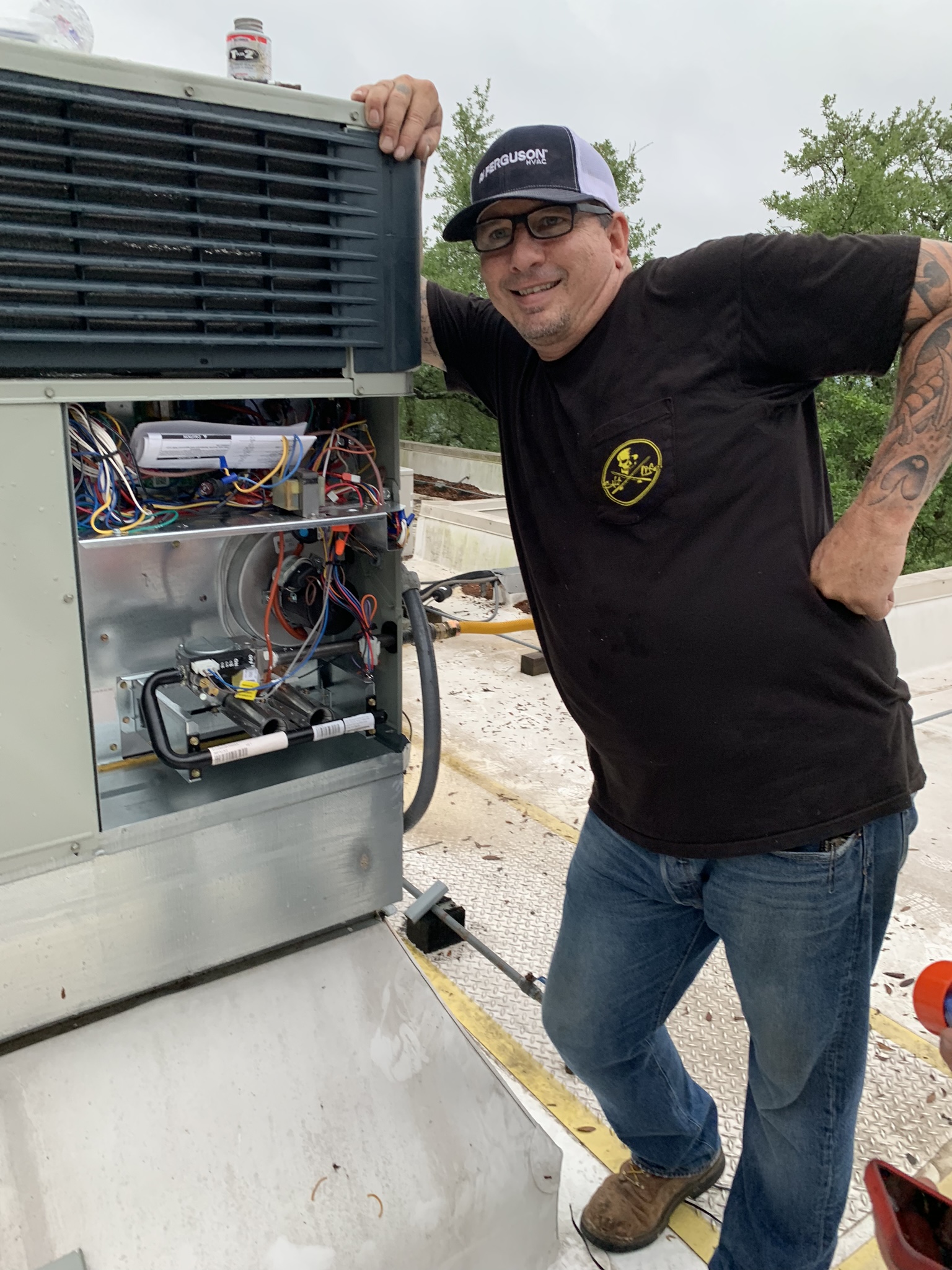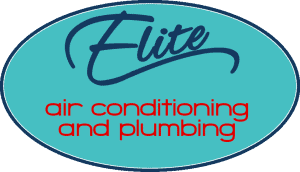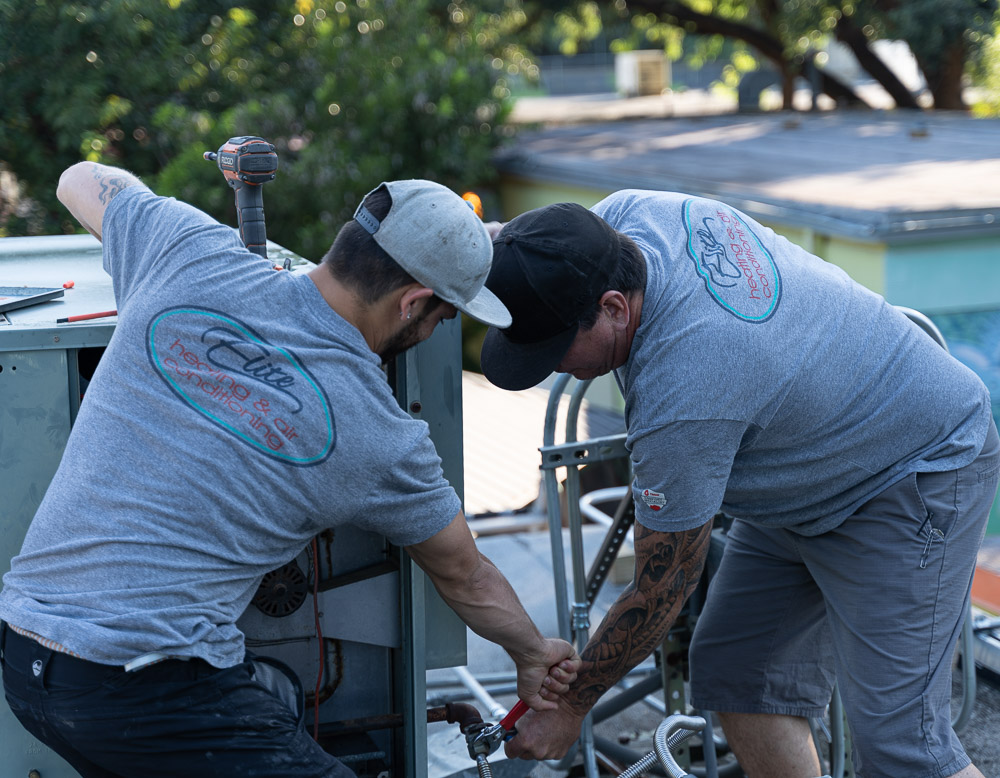Home AC Preventive Maintenance Checklist List
Are you looking to hire an HVAC service company to do preventative maintenance on your AC?

Today, we’re going to take the mystery out the HVAC preventative maintenance once and for all. HVAC preventative maintenance is necessary to the performance and longevity of every HVAC system. When an HVAC system fails, it does more than cost a lot of money to repair, it also can endanger your family’s lives. You could be saving money and improving the air quality cooling/heating value to your residential or commercial locations, if you’re not then you should read this.
You rarely see your HVAC system, so unless it breaks down or you need to change the filter, it’s easy to forget or neglect it. You may want to shrug off these tasks, but it’s more important than you think. Regular preventative HVAC maintenance ensures you can remain comfortable in your home or business environment during the ever-changing Texas seasons.
You should consider that some benefits of regular HVAC preventative maintenance are immediate while others prevent future problems from developing. Regular service of your HVAC is important for several reasons. Regular HVAC maintenance can be helpful in reducing the risk of costly breakdowns, identifying any worn or broken parts, reducing those high energy bills, extending the life of the system, improving the air quality, improving comfort, and helping to ensure that your HVAC system runs at close to its peak efficiency. Another benefit that safeguards you and your family of regular HVAC maintenance, is the possibility of being exposed to a toxic chemical called carbon monoxide or having an electrical short, which may even cause a fire.
The better you maintain your HVAC system, the more likely you’re going to get the appropriate lifecycle from the equipment. If not, it will then deteriorate faster costing you more in repairs to fix it. It is recommended, you should have preventative maintenance completed twice annually. It’s smart to schedule your HVAC preventative maintenance visits in the spring and fall before the peak of the air conditioning and heating seasons. However, for larger office buildings, you may choose an HVAC quarterly maintenance checklist and this option works best when you need more frequent service for changing filters and cleaning coils.
While every system is unique, one factor remains the same that all HVAC systems require HVAC preventative maintenance, but it varies based on the types of equipment running the system. The fact is a thorough tune-up requires skills, tools and knowledge that only experienced HVAC technicians can deliver. This is why, here at Elite Heating and Air Conditioning, our technicians will be able to help you understand the best maintenance plan needed for your HVAC system.
Let’s take a glance below at Elite Heating and Air Conditioning’s HVAC preventative maintenance checklist. We can help you prolong the life and increase the efficiency of your HVAC system. Our experienced technicians follow this simple Cooling and Heating 33 Point Diagnostic Checklist during your biannual Spring/Summer and Fall/Winter scheduled inspections:
- Clean and Adjust Thermostat
- Clean and/or Inspect Filter
- Inspect Indoor Coil Cleanliness
- Inspect Blower Wheel Cleanliness
- Inspect Wiring Low & High Voltage
- Check Blower AMP Draw
- Check Blower Capacitor
- Check Drains & Drain Pans
- Check Float Switches
- Clean Flame Sensor
- Check Gas Pressure
- Check Heat Exchanger
- Inspect Combustion Air and Fan Amps
- Check All Safety Switches
- Check Electric Heat Strips
- Check All Electrical Components
- Check Total Amps Heat
- Check Temperature Rise Heat
- Check Breaker Size Heat
- Visually Inspect Duct Work
- Outside Unit Level on Pad
- Coil Clean, Free of Debris
- Check Disconnect/Breaker
- Line Set Insulated & Sealed
- Inspect Electrical Components
- Check for Signs of Ants
- Check Motor AMP Draw
- Check Motor Capacitor
- Check Compressor AMP draw
- Check Freon Level
- Check Super Heat and Subcooling
- Check Delta T Return & Supply
Elite Heating and Air Conditioning performs these biannual HVAC preventative maintenance checklist tasks to prepare your air conditioning system for the grueling Austin heating and cooling seasons each year.
So, depending on the age and condition of your HVAC equipment, the location and usage of equipment, and the size and type of equipment you have, more tasks or different ones may be needed to be performed on the different systems such as a water-cooled system, heat pump, or VRF system. As a homeowner, you should take this as your opportunity to ask questions, if you have been experiencing poor performance, high energy bills, temperature variance, and/or humidity issues, these are just some of issues that will need to be addressed with your Elite Heating and Air Conditioning technician.
Our experienced HVAC technicians possess a level of expertise and attention to detail that has saved many of our clients from costly downtime and emergency repairs by identifying issues and resolving them before they become major problems. You can expect our qualified and licensed HVAC technicians and Trane Comfort Specialists to give you the most up to date information on how to keep your system in optimum working order and to offer you the option of our preventative maintenance plan.
If you want to reduce the number of repairs, you should keep on top of your biannual maintenance. Now that you know what must be done! Clearly, an annual HVAC system maintenance is something you should take very seriously. If your goal is to save money, protect your family, improve efficiency and prevent a mid-season breakdown, then a preventative maintenance plan can help you accomplish your goals.
Contact Elite Heating and Air conditioning today to work with a company that’s dedicated to ensuring your complete satisfaction. Call us today at (512) 637-4237.










 We are proud to have earned over 700 Google Maps Reviews and a staggering 4.9 Rating.
We are proud to have earned over 700 Google Maps Reviews and a staggering 4.9 Rating.